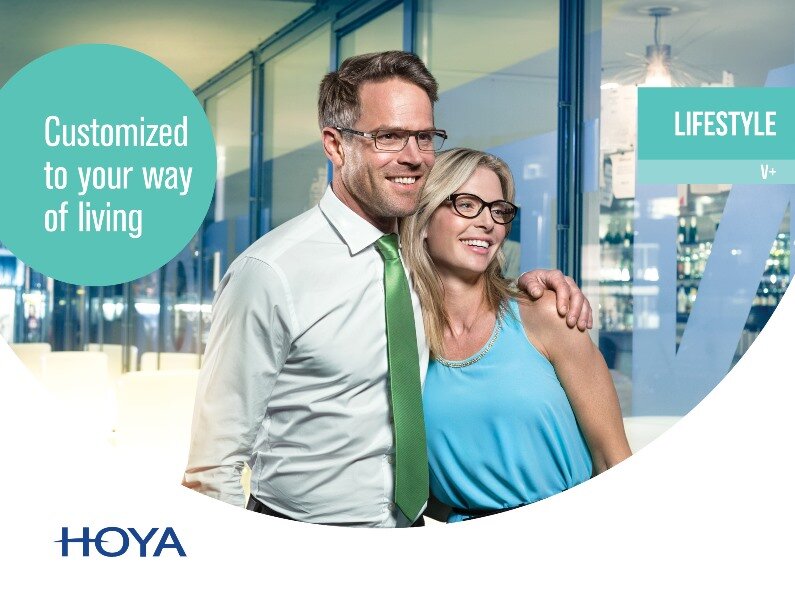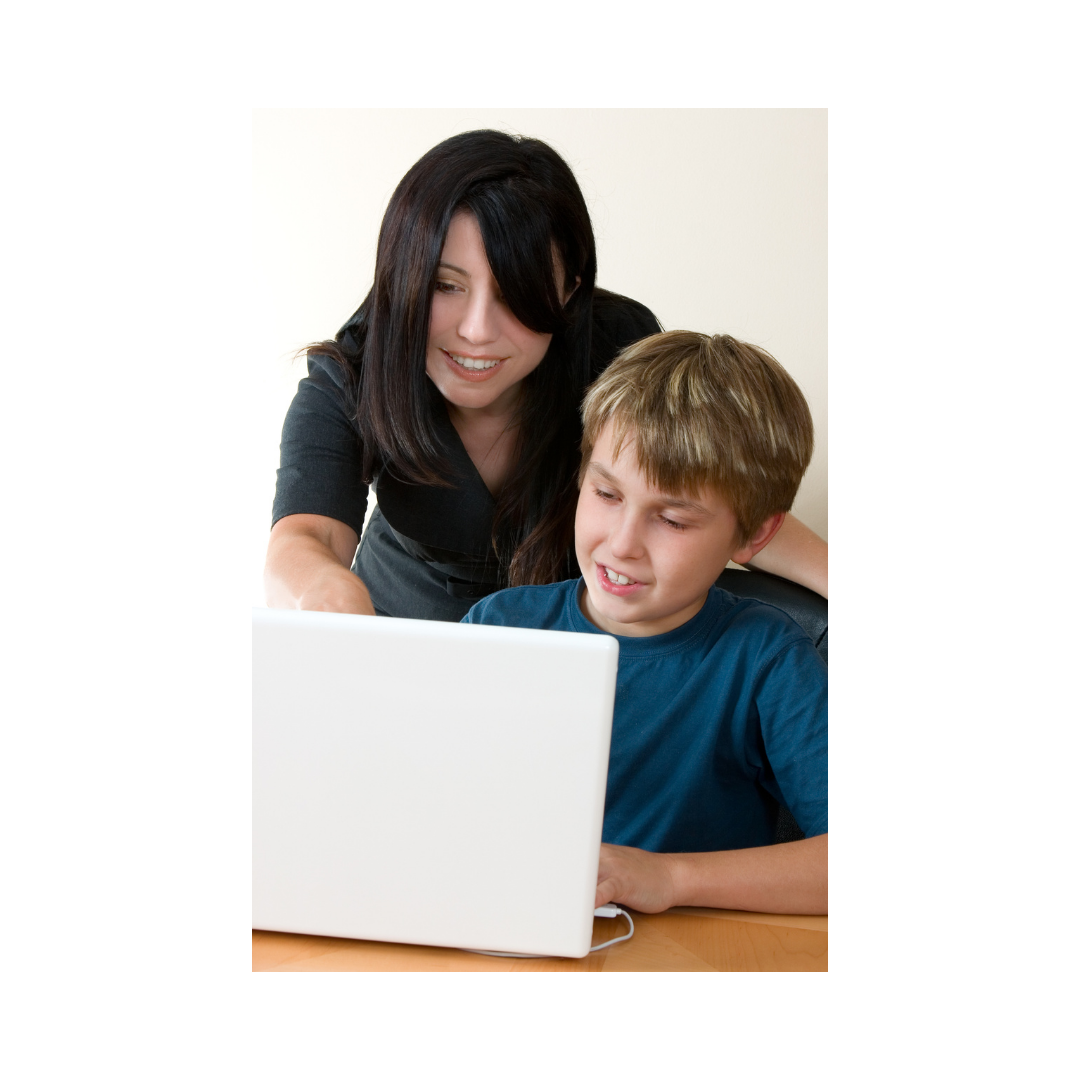Many dry eye sufferers find using an eye lubricant at night is the key to comfortable eyes when they wake up during the night, or in the morning. Gels and eye ointments are thicker textures and will stay on the eye for longer than an eye drop. The disadvantage, vision will be blurred once the gel or ointment is on the eye - best applied immediately before going to sleep rather than before you pick up your bedside book.
Here are our favourites:
Polyvisc Ointment - preservative free and lanolin based, this comes in a small tube 3.5gm tube and is safe to use for up to 4 weeks after opening.
VitA-Pos Ointment - a smooth preservative free ointment with healing Vitamin A, VitA-Pos can be used for 6 months after opening.
Viscotears Gel - as the name suggests this is a gel which is less thick than the ointments. Available in a 10ml tube, which can be used for 4 weeks after opening, or now available in convenient individual minim dose units.
Systane Gel Drops are a thicker formulation of hypromellose, the soothing ingredient in Systane Hydration eye drops. The gel comes in a 10ml bottle and can be used for up to 3 months after opening.
Gels are applied like an eye drop, just a more viscous version. The ointments are thicker and it can be easier to apply with the finger tip to the lower eye lid rather than directly from the tube.
If you would like more information on any of these products please get in touch.








